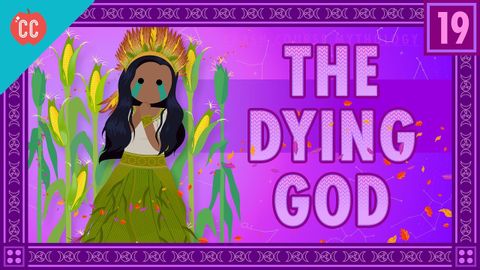
字幕與單字
垂死之神世界神話速成班 #19 (The Dying God: Crash Course World Mythology #19)
00
asd851112 發佈於 2021 年 01 月 14 日收藏
影片單字
sacrifice
US /ˈsækrəˌfaɪs/
・
UK /'sækrɪfaɪs/
- n.(給神明的)獻祭品;祭品;供品;犧牲奉獻;犧牲
- v.t.獻祭(給神);犧牲奉獻(時間等);犧牲;放棄
- n. (c./u.)犧牲
B1 中級中級英檢
更多 使用能量
解鎖所有單字
解鎖發音、解釋及篩選功能
